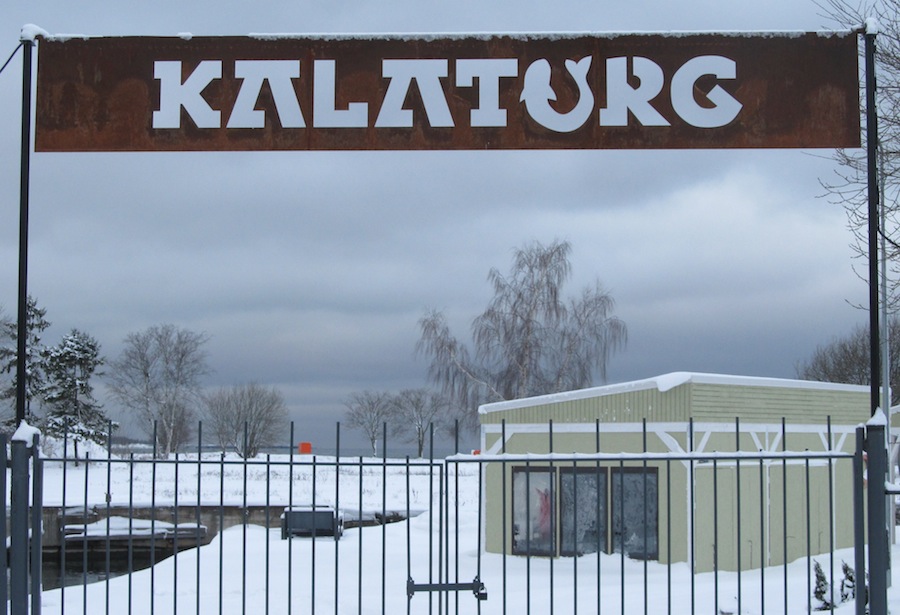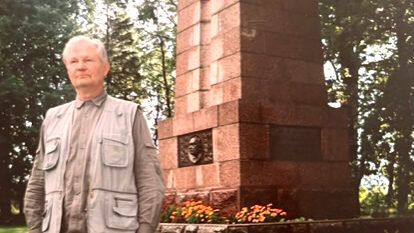But just north of the walls is the former fishermen's district of Kalamaja, a neighborhood gloriously free of touristy “ye olde” restaurants and stag-party pubs. Instead, you'll find the city's newest cafes, shops and restaurants frequented mostly by locals. Sure, the surroundings are still a bit dilapidated, as these hip hangouts are opening amid boarded-up houses, low-cost liquor stores and abandoned factory complexes. But this is often the blueprint for neighborhoods on the rise, which, with its packed cafes and fully booked restaurants, Kalamaja certainly is.”
Five places were highlighted, which actually border the residential old Kalamaja (“Fish house”) neighbourhood and its characteristic old, wooden, mostly two-storey apartment buildings. The restaurant F-hoone and kohvik (café) Boheem are by the Balti jaama turg (railway station market) in the Telliskivi (“Brick”) neighbourhood, while kohvik Moon, Eesti Disaini Maja / the Estonian Design House and Kohvik Klaus are in the Kalasadam (“Fish harbour”) enclave, a stone's throw from the fish market in the photograph. Kohvik is a bit of a misnomer for Moon, which has very much blossomed into one the most talked-about restaurants in Tallinn. They just celebrated their 3rd birthday with the publication of a cookbook of their most famous dishes.
The Kultuurikatel or “culture cauldron”, located in an old elektri/jõu/jaam, i.e. electrical power plant, is also right next door to all these great places (kultuurikatel.ee) and has its own garden cafe (along with happy chickens on site in the summer) called Kultuurikatla Aed. The kultuurikilomeeter or cultural kilometre begins here – a walking / cycling path constructed along an old railway dam.
What would an old neighbourhood be without it's own local bakery? Thankfully there is Kalamaja pagarikoda at Jahu 11 (that's Flour St. – perfect!) It opens at 7:30 am, which is earlier that most in this city and people in the know get there early to grab a loaf of goodness before they're gone.
Two more places which weren't mentioned in the NY Times are the retro 1980s decor-filled Tops on the nearby corner of Vana-Kalamaja and Soo (on the ground floor of an old, wooden, two-storey apartment building no less) and celebrity chef Anni Arro's newest baby, the baar-bistroo Kukeke or “Little Rooster” in an old railway depot building from the 1800s (kukeke.ee). It's right across the street from the Soviet factory complex, now hub of studios called Telliskivi Loomelinnak (“creative campus”), where the aforementioned popular hangout F-hoone is located.
These places are not expensive and great lunch specials run at around 5 euros. Now you know. Go check out the NYT slideshow for yourself, it includes the addresses and websites of the places featured (www.nytimes.com)
Riina Kindlam, Tallinn




